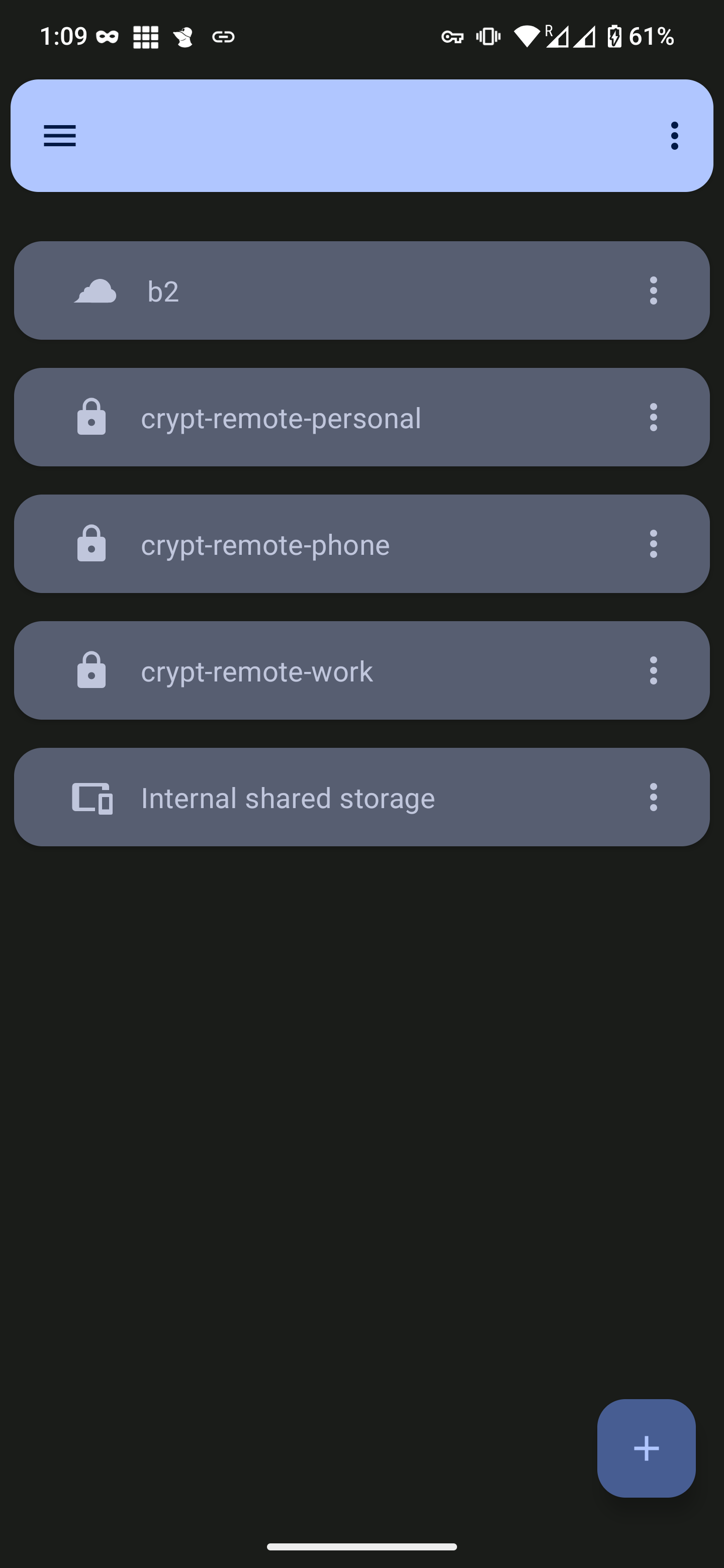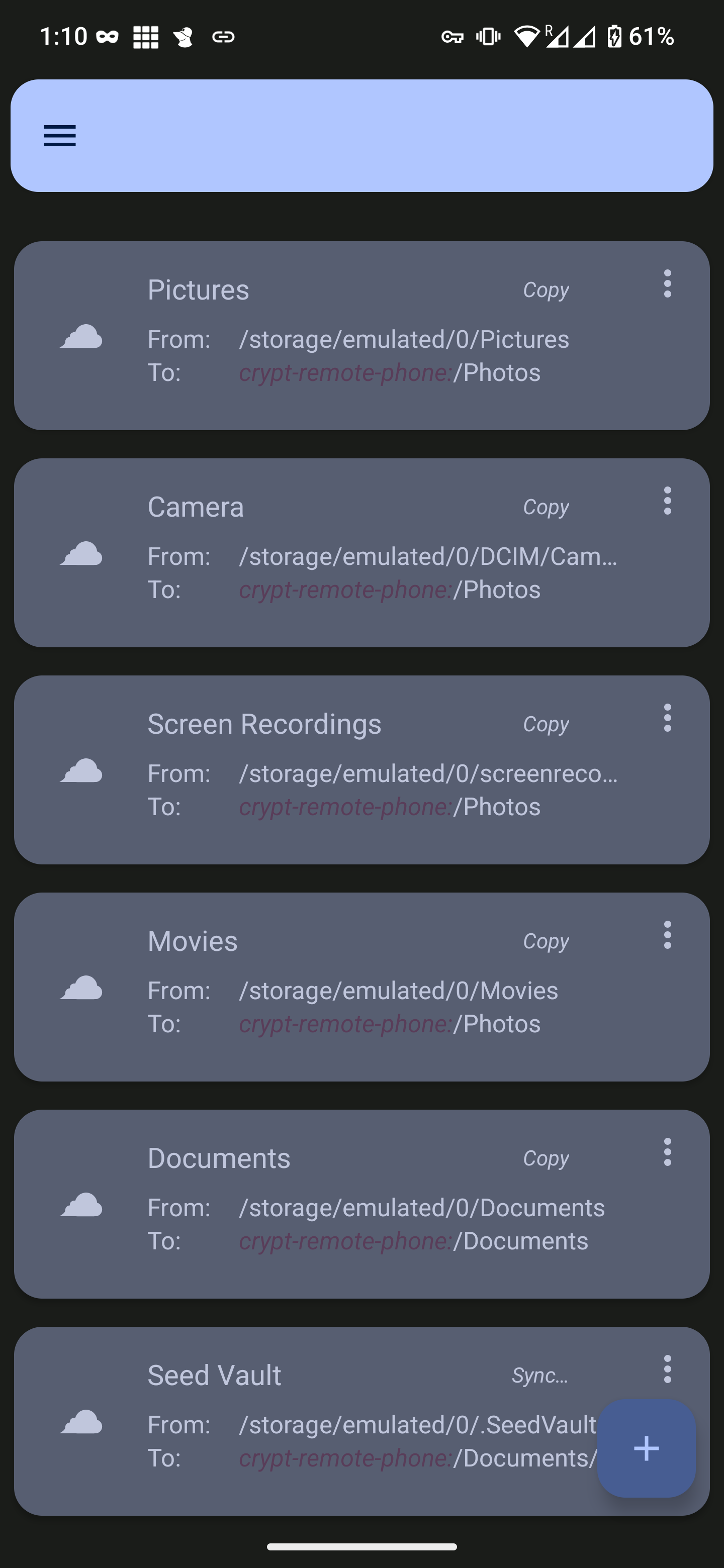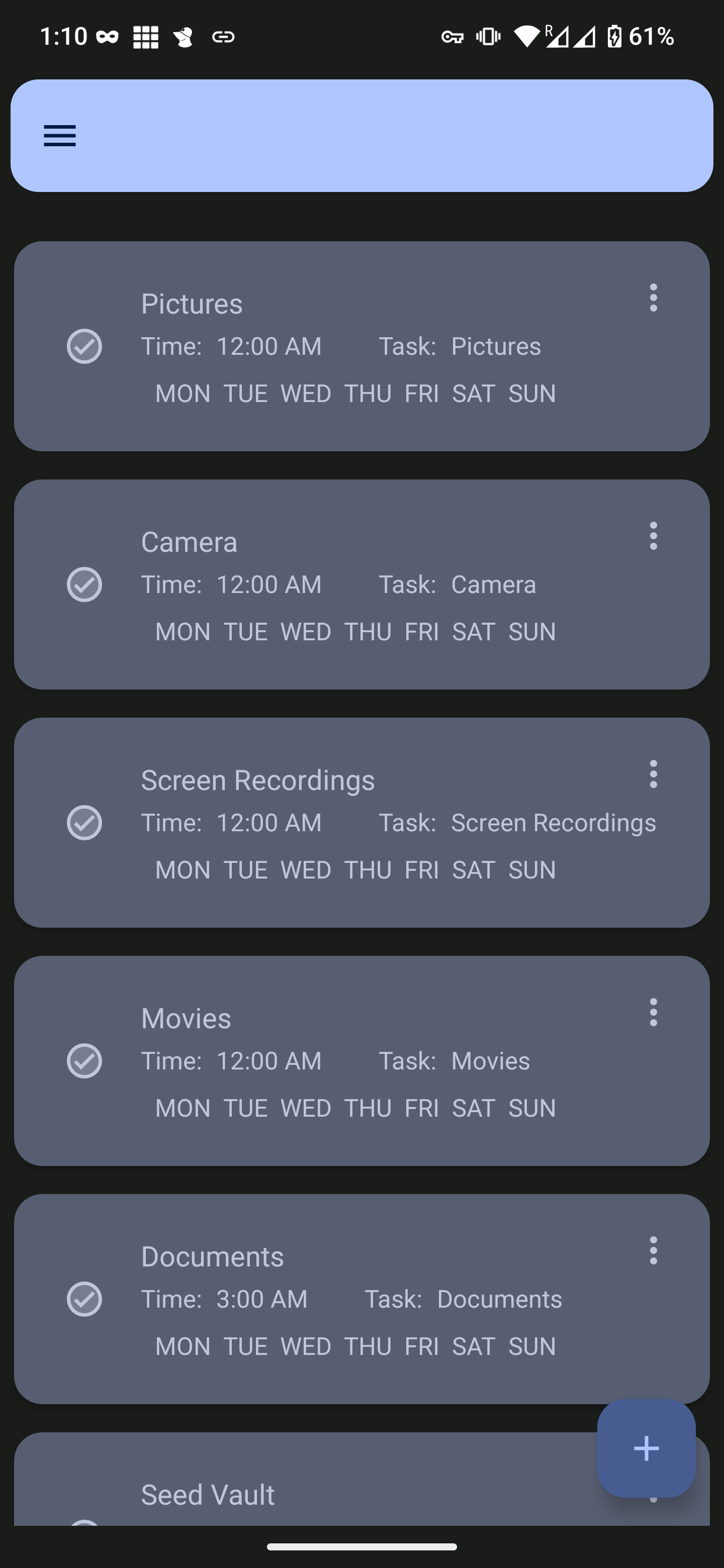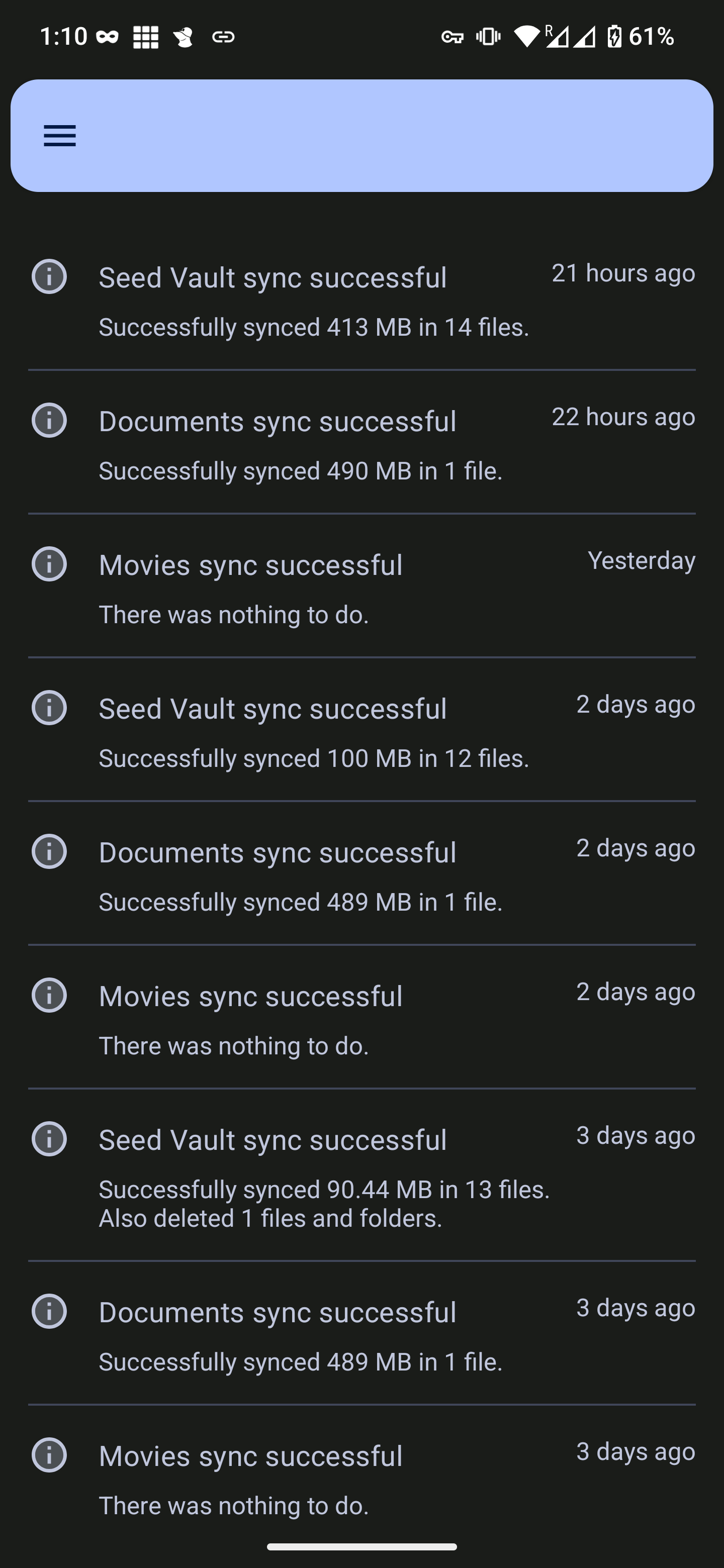

Soap boxing here but I feel these kinds of use cases is what NixOS is built for.
Declarative config to setup the system, users, and apps.
Declarative and customizable impermanence exactly how you want it.
I use Tails as well but NixOS is my daily driver. Anything not marked explicitly to persist is dropped each reboot. I’m the only user so I keep the last 30 days of non persisted data for like a power outage but that’s something I had to go out of my to setup for my use case.








No. Its all text file config. You wouldn’t use live CD mode. You define your own how you want it to work.
Its a steep learning curve so if looking for off the shelf solutions, don’t use nix. If you need something custom but through a single config paradigm, nix is awesome.